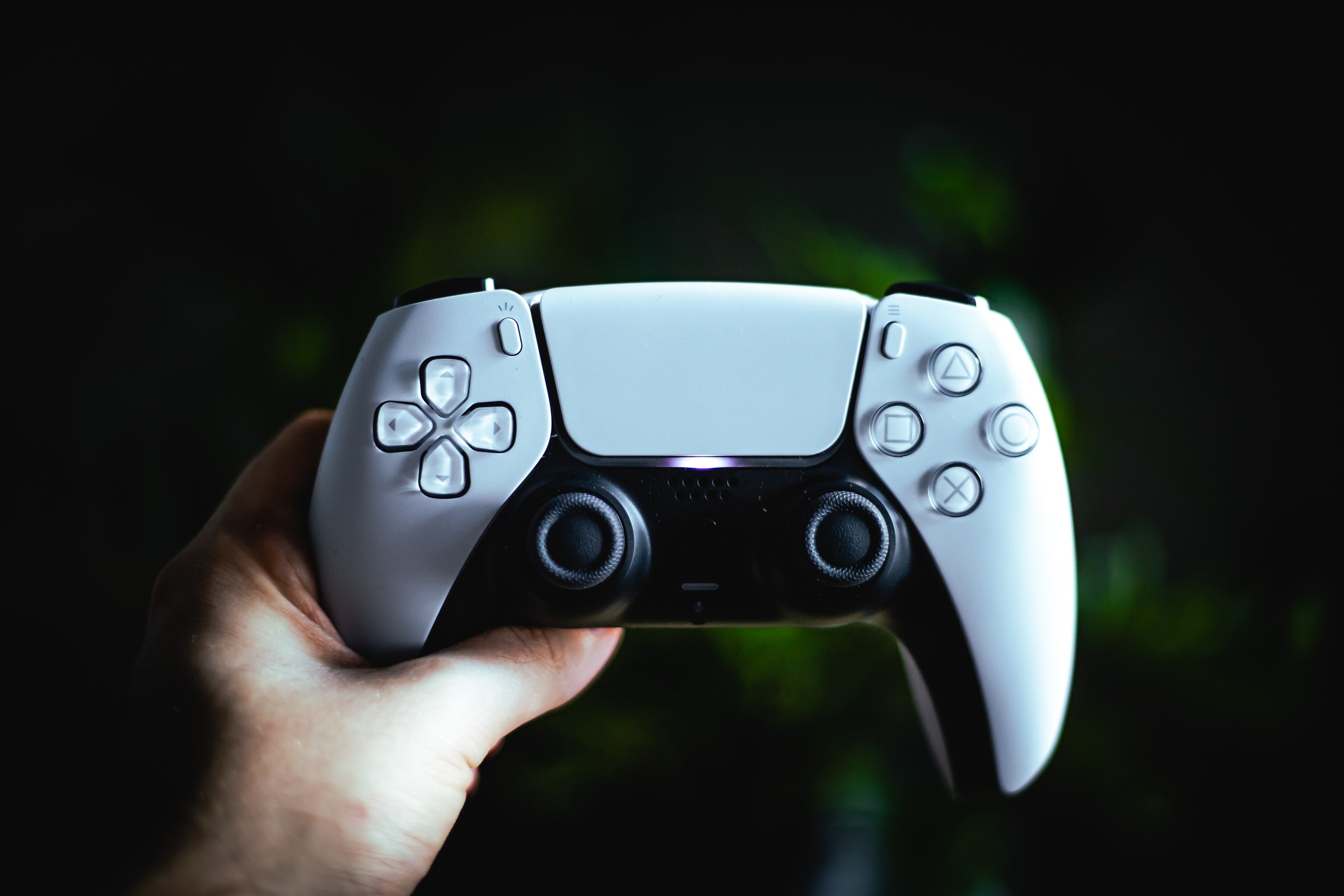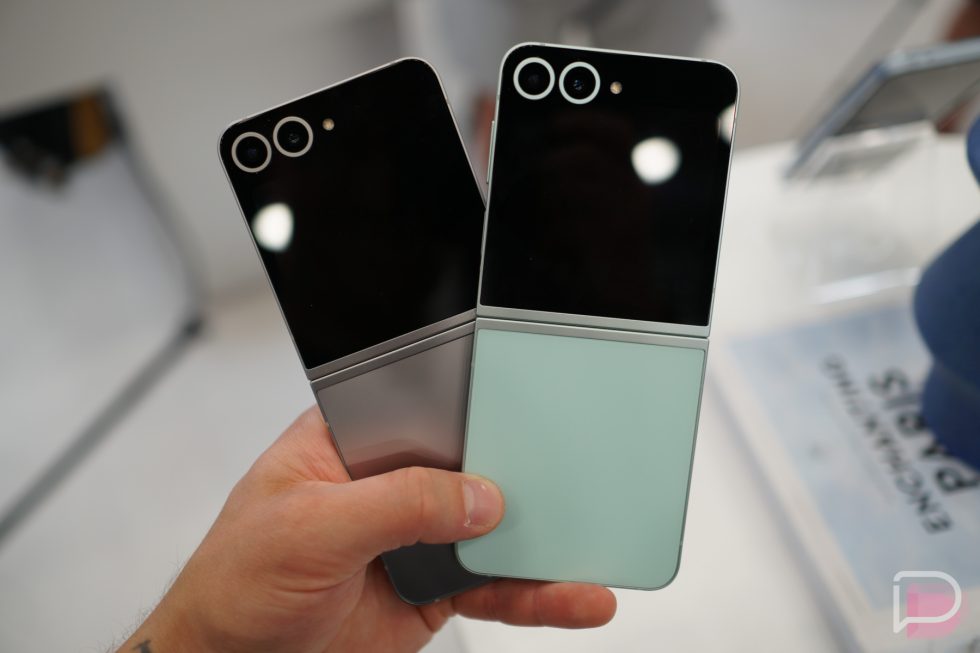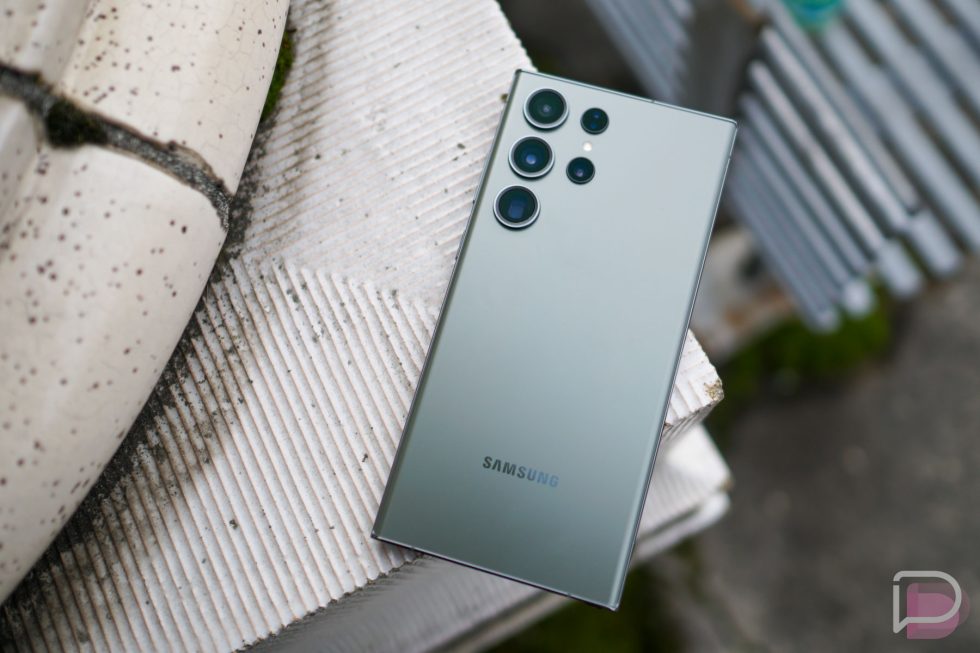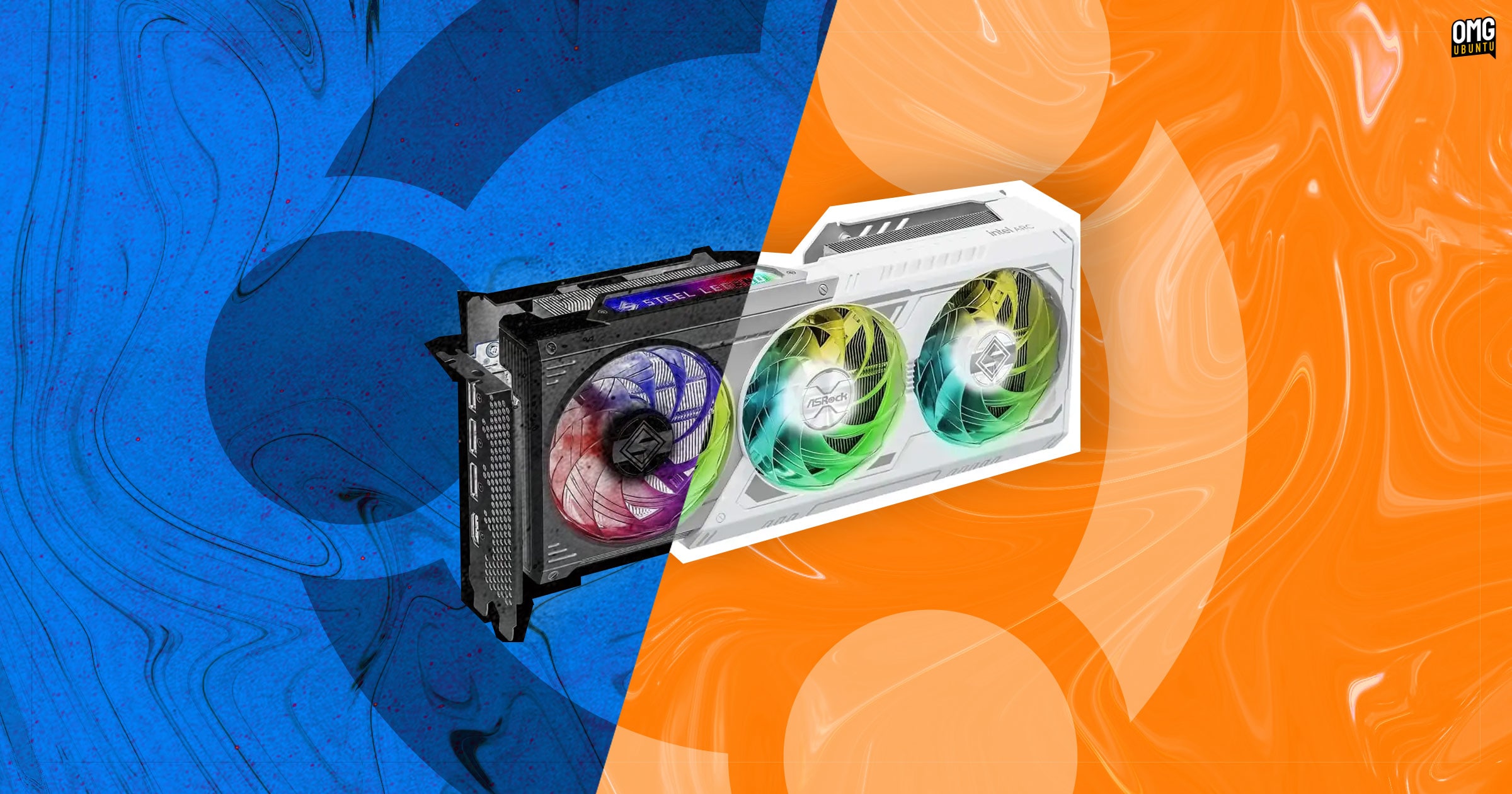The Nintendo Switch 2 may not be Nvidia’s only handheld – a rumor says it’s building a new mobile gaming chip, and I’m excited for portable DLSS
Nvidia is yet to make a strong appearance in the SoC gaming market for portable devices, but a new rumor suggests it may be happening soon.
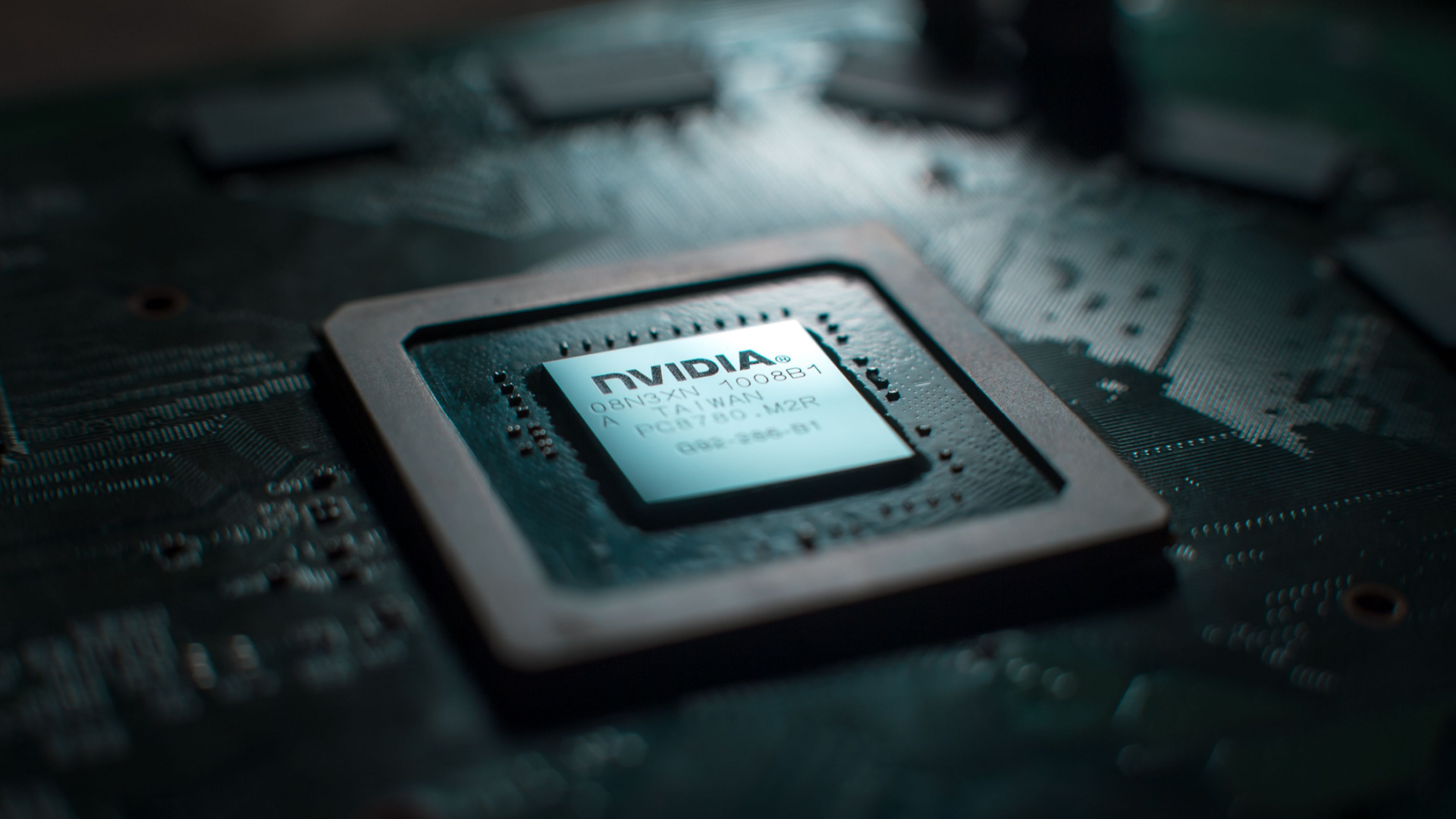
- Nvidia could be releasing a gaming laptop APU soon, according to rumors
- It's slated to release at either Q4 2025 or Q1 2026
- It could be a chance for Nvidia to use its hardware for a handheld gaming PC
AMD and Intel are continuously competing with each other within the SoC market for laptops and handheld gaming PCs – and one of their fierce rivals looks poised to join the party.
According to a reputable leaker, Moore's Law Is Dead, Nvidia has a new gaming laptop processor slated for release between Q4 2025 and Q1 2026. This would be akin to AMD's Ryzen Strix Halo APUs, with an iGPU as the driving force for gaming performance. It's also expected to have a TDP (power consumption) between 80 and 120W.
It's best to take leaks and rumors as such with a grain of salt; Nvidia's recent heavy focus on AI suggests that gaming would be an afterthought, so a gaming laptop SoC would be a surprise, to say the least. However, if this is legitimate, it may be a starting point for Nvidia SoCs coming to handheld gaming PCs.
As it stands, the Nintendo Switch 2 is the only handheld gaming device in this generation that will have access to Team Green's DLSS upscaling method, using the Tegra T239 processor – and it's worth noting that DLSS is a significant advantage the Switch 2 holds over current handheld gaming PCs.
We've seen both Intel and AMD's laptop processors used in handhelds, notably the former's Core Ultra 7 258V in the MSI Claw 8 AI+. Essentially, the same could apply to Nvidia's rumored SoC and could be a strong challenge to its competitors by providing great gaming performance.
Analysis: A high-tier Nvidia SoC would take the handheld gaming market by storm

While Nvidia's Tegra T239 processor will be used in the Switch 2, with DLSS also available, I yearn for an Nvidia mobile processor of a higher tier, and this sounds like it could be it.
Gamers using the likes of an Asus ROG Ally X or MSI Claw 8 AI+, only have access to FSR 3 and XeSS, respectively. I'm not saying those upscaling methods are any slouch, but they would have a hard time competing against DLSS (at least DLSS 3), as they do on the desktop GPU end.
It may not be the same with handhelds, but DLSS on desktop gaming PCs has been the game-changing tool for a while, providing smooth performance through upscaling a lower internal resolution. I admit, I'm not a fan of game devs relying on the technology for steady performance in games (because they're so poorly optimized), but it's hard to deny the benefits of DLSS.
If this were available for handhelds, I could easily see it outshining both Team Red and Team Blue's efforts, especially on a smaller display. Let's just hope this purported SoC isn't only coming to gaming laptops...




















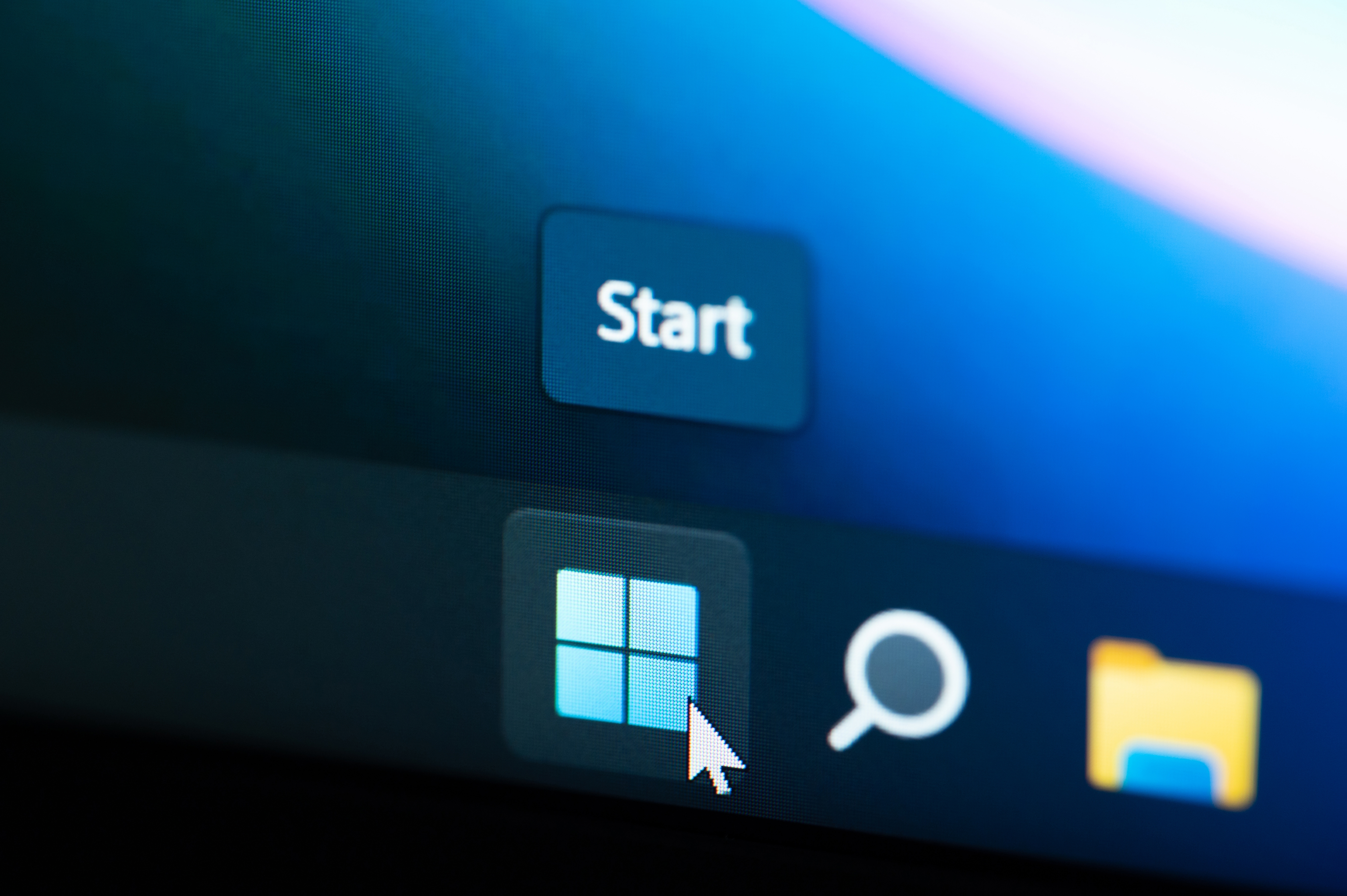

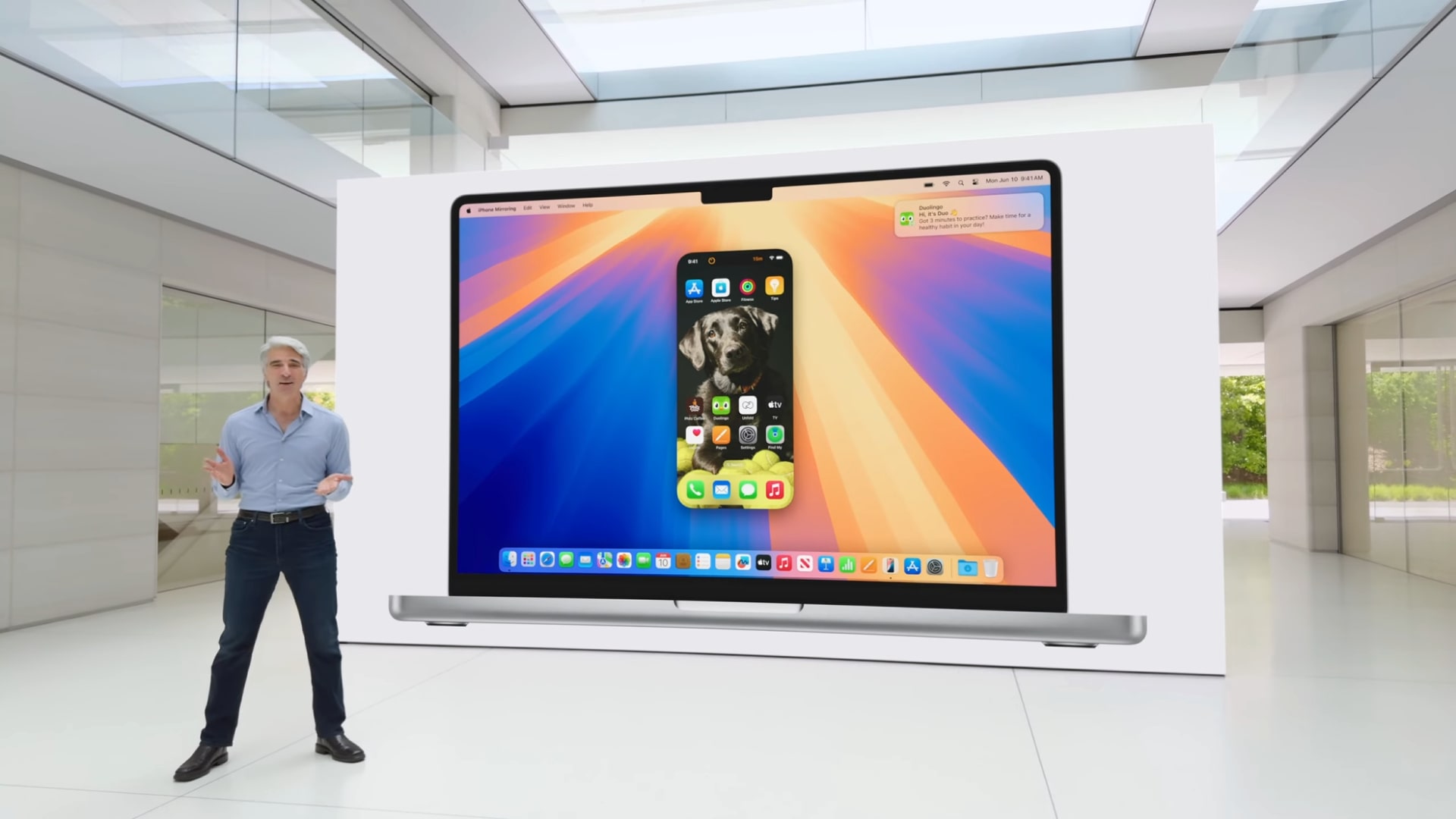





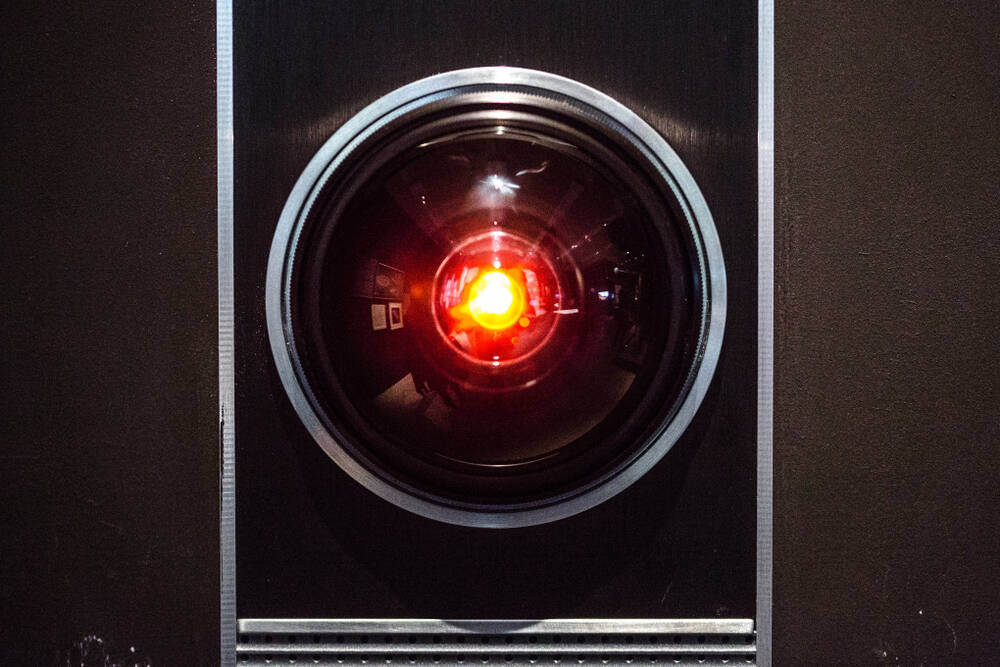







































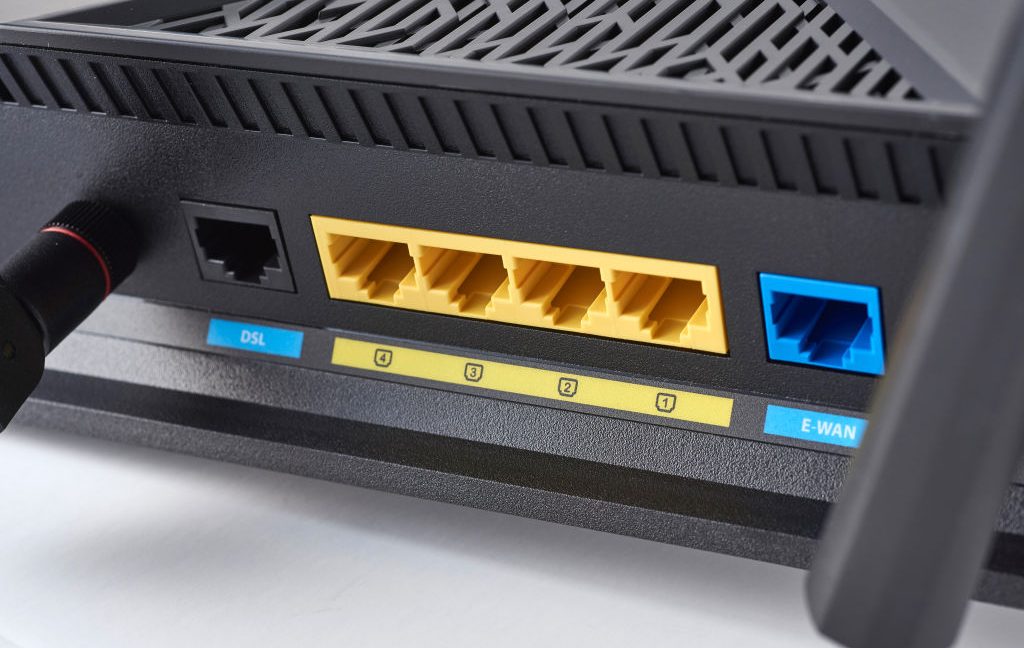
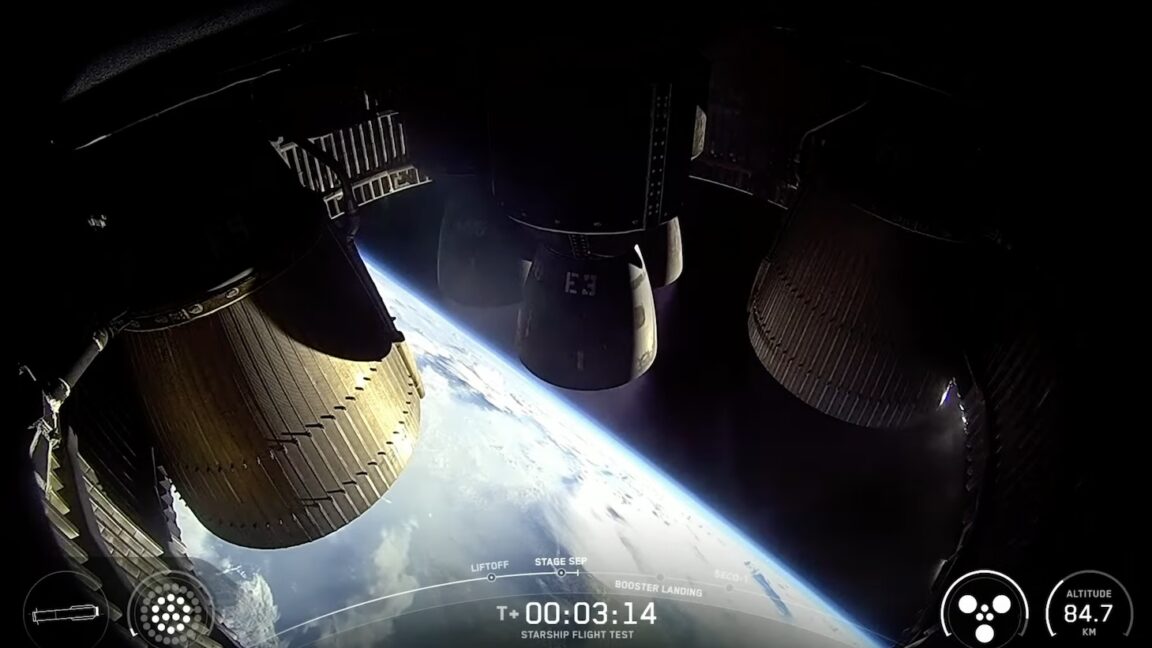
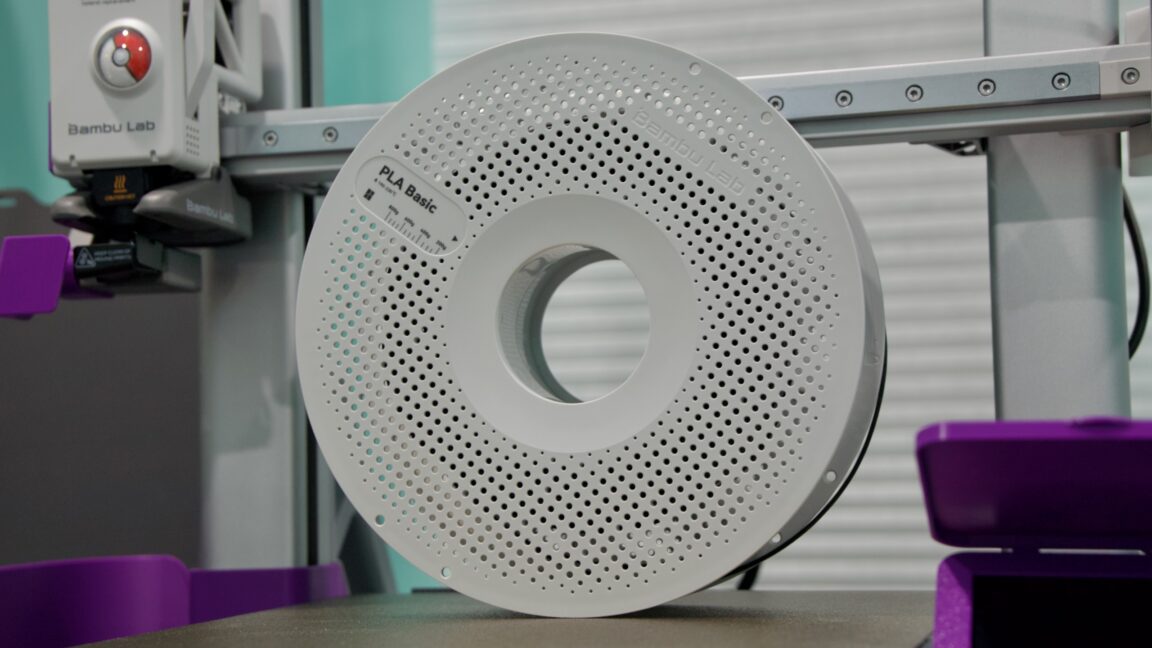
































































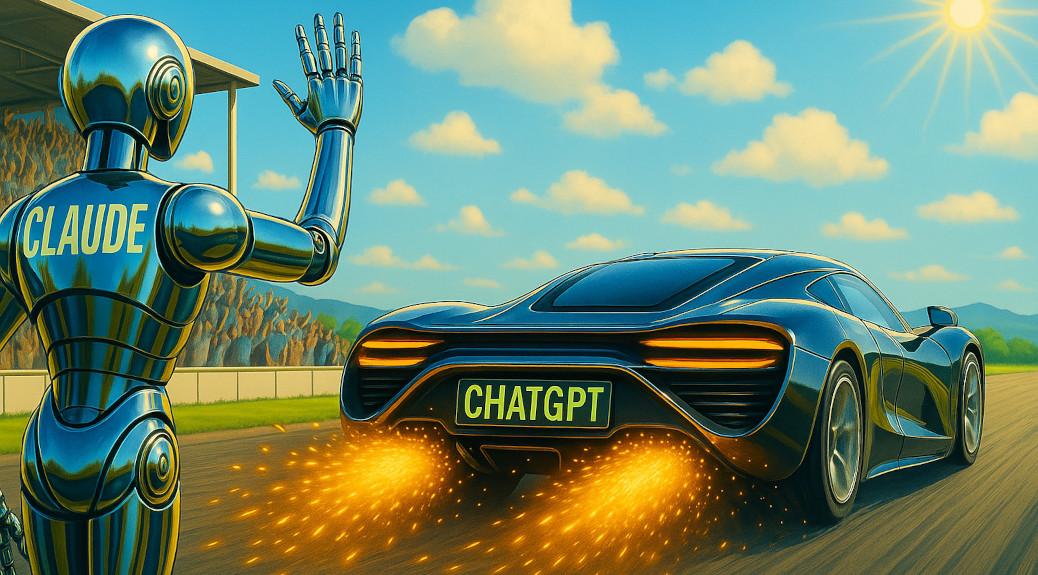






































![[The AI Show Episode 150]: AI Answers: AI Roadmaps, Which Tools to Use, Making the Case for AI, Training, and Building GPTs](https://www.marketingaiinstitute.com/hubfs/ep%20150%20cover.png)
![[The AI Show Episode 149]: Google I/O, Claude 4, White Collar Jobs Automated in 5 Years, Jony Ive Joins OpenAI, and AI’s Impact on the Environment](https://www.marketingaiinstitute.com/hubfs/ep%20149%20cover.png)





























































































































![[DEALS] Mail Backup X Individual Edition: Lifetime Subscription (72% off) & Other Deals Up To 98% Off – Offers End Soon!](https://www.javacodegeeks.com/wp-content/uploads/2012/12/jcg-logo.jpg)






















































































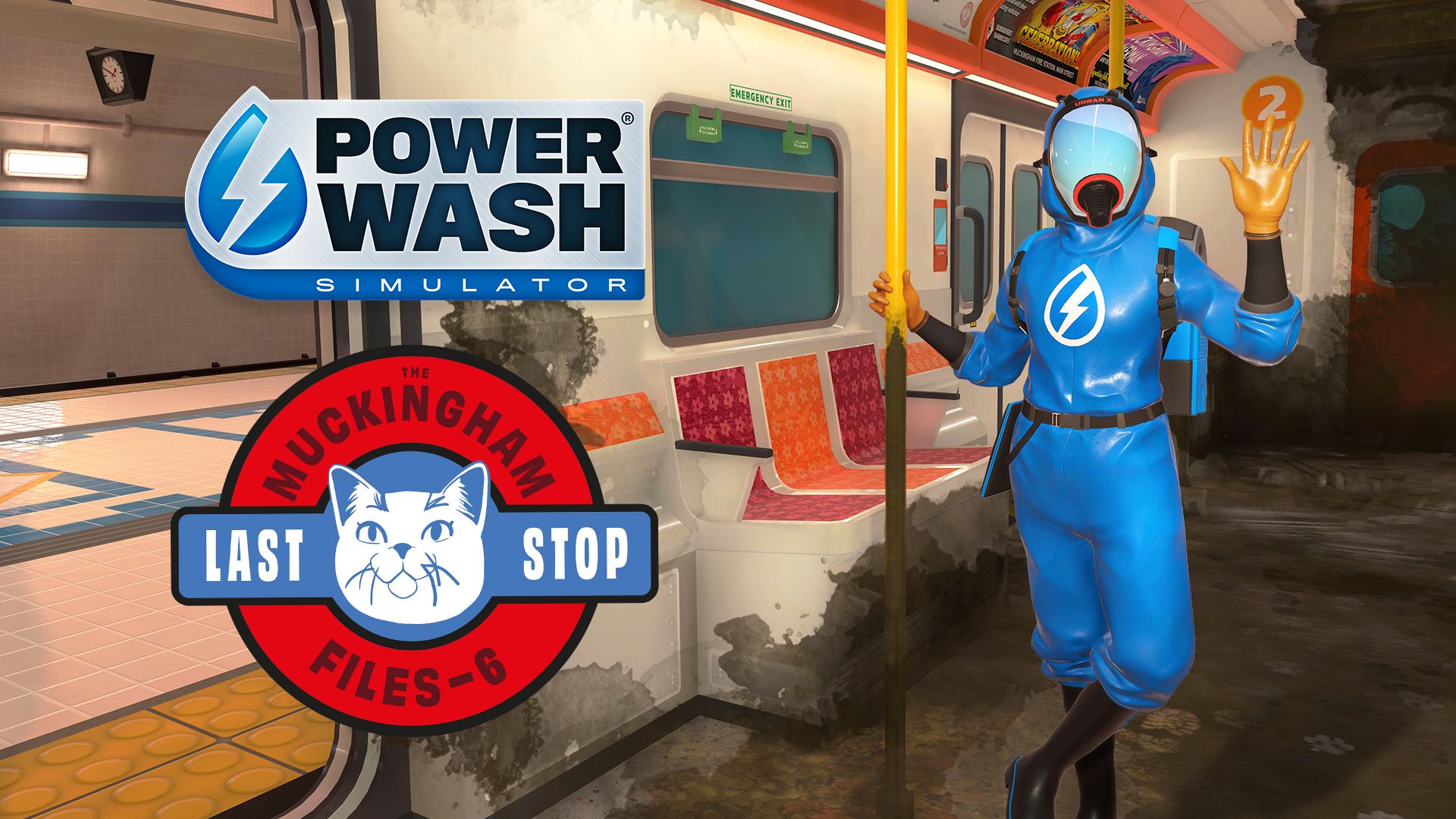





































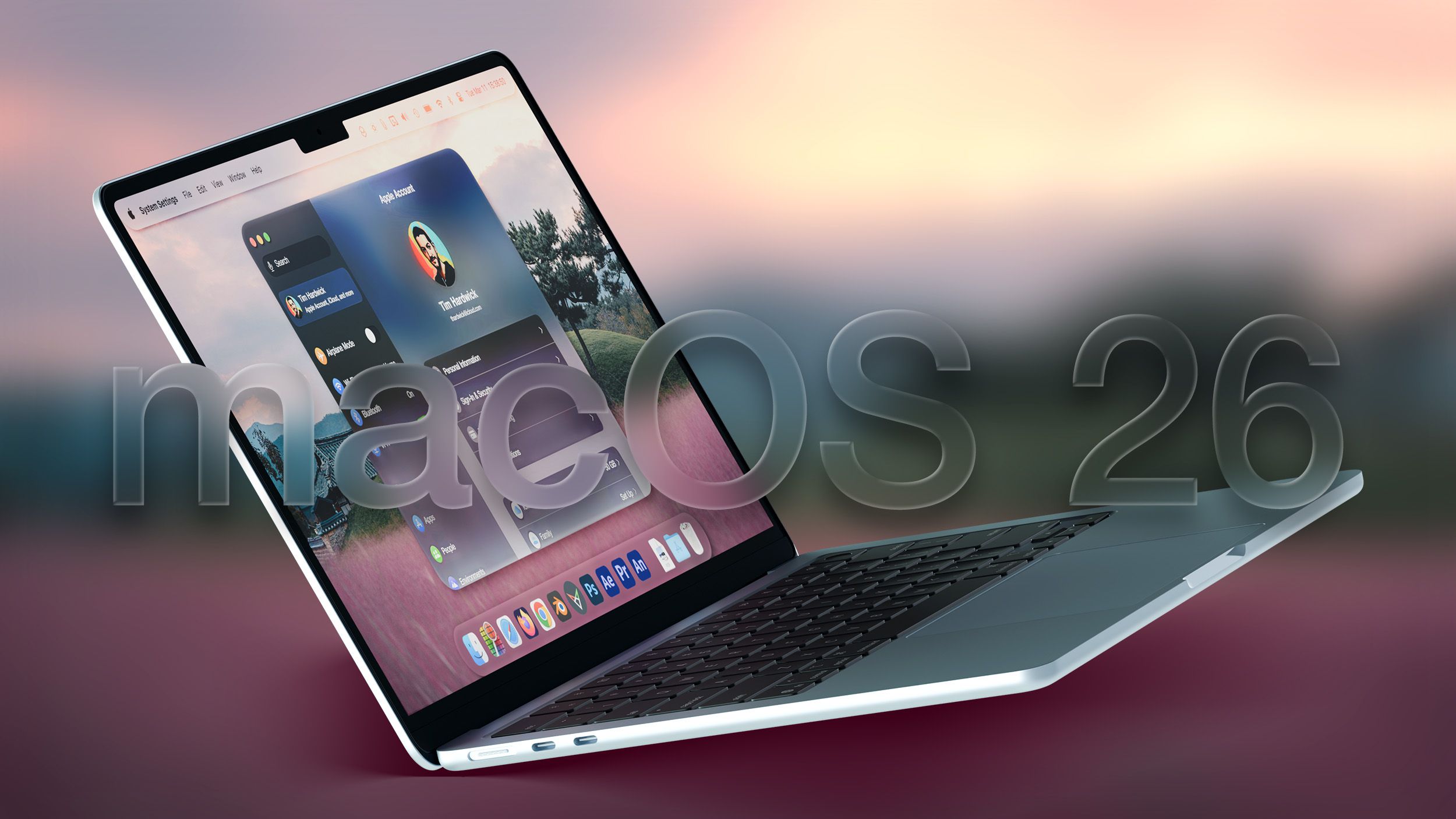



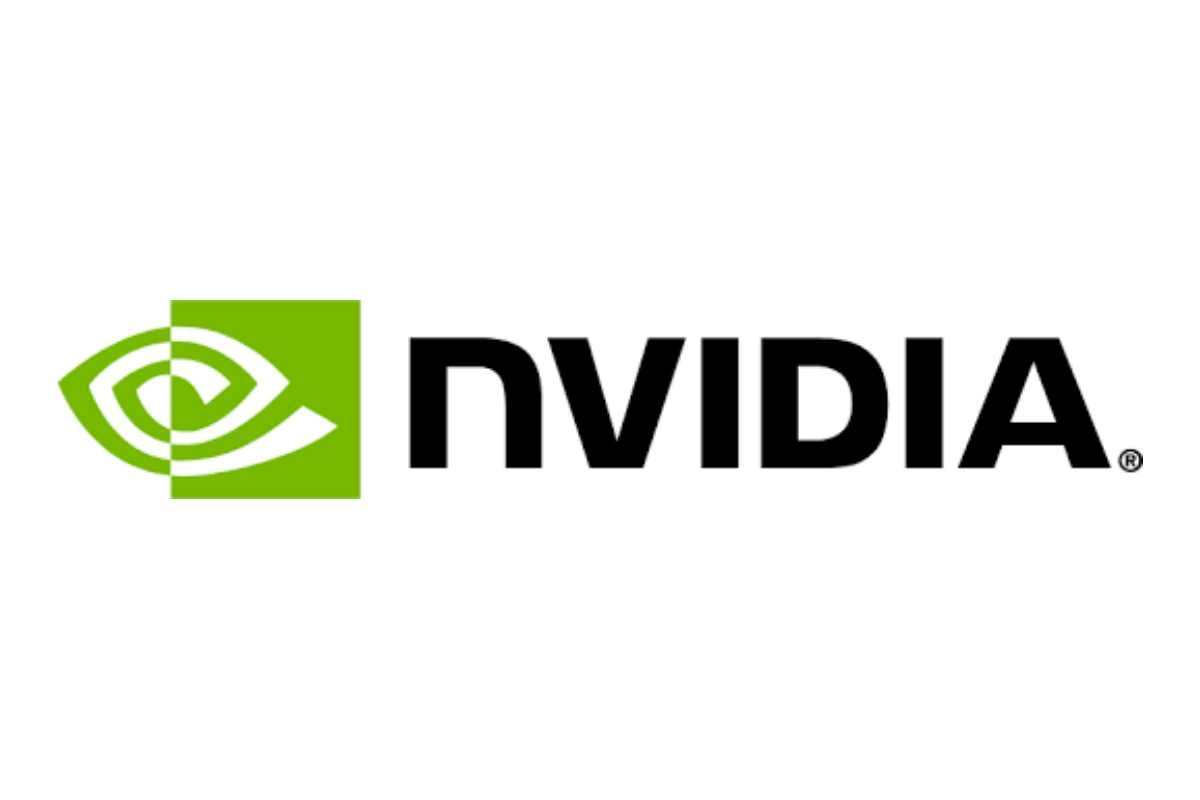







_Luis_Moreira_Alamy.jpg?width=1280&auto=webp&quality=80&disable=upscale#)


_imageBROKER.com_via_Alamy.jpg?width=1280&auto=webp&quality=80&disable=upscale#)













































































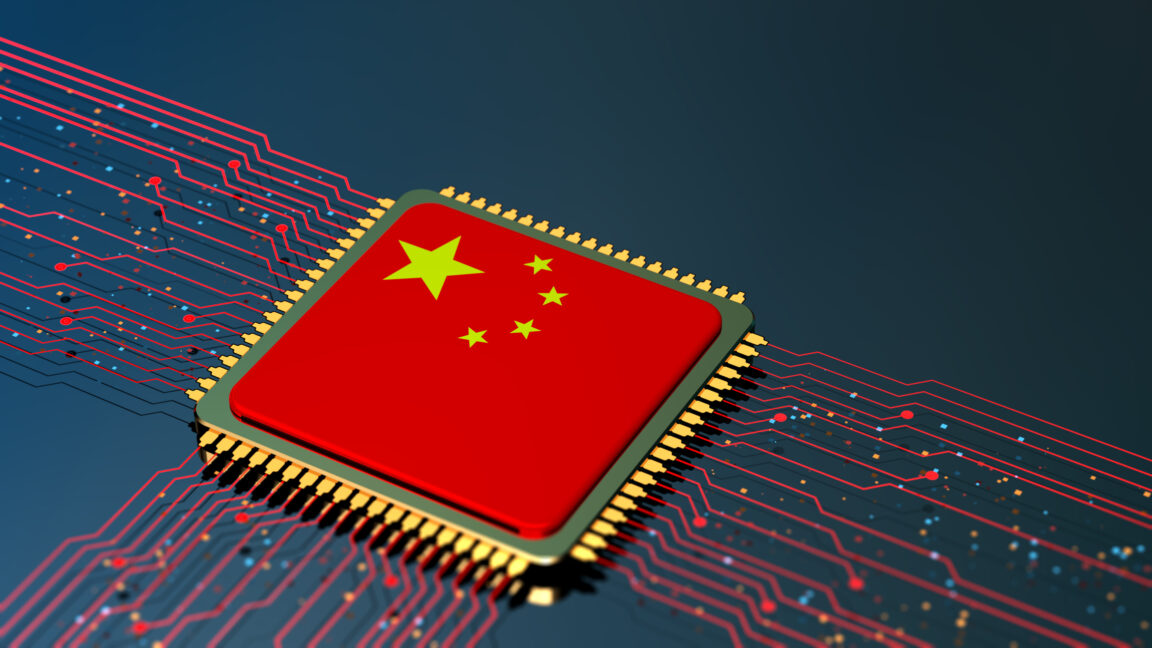
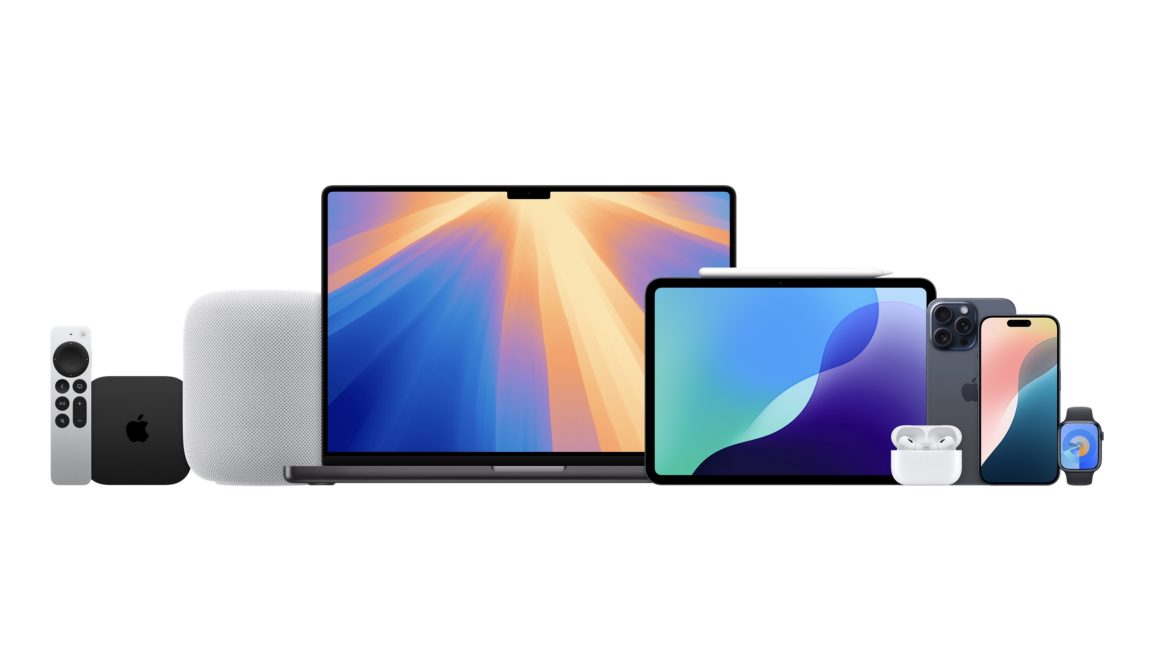


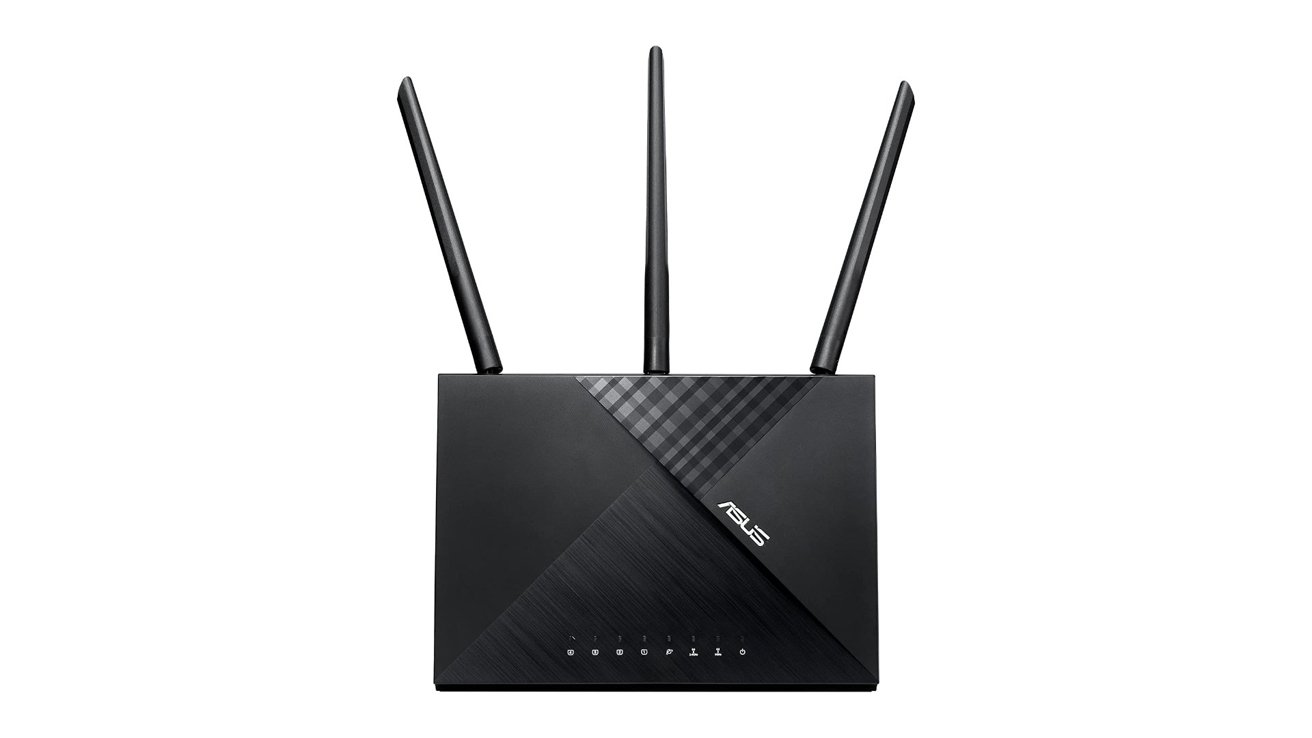

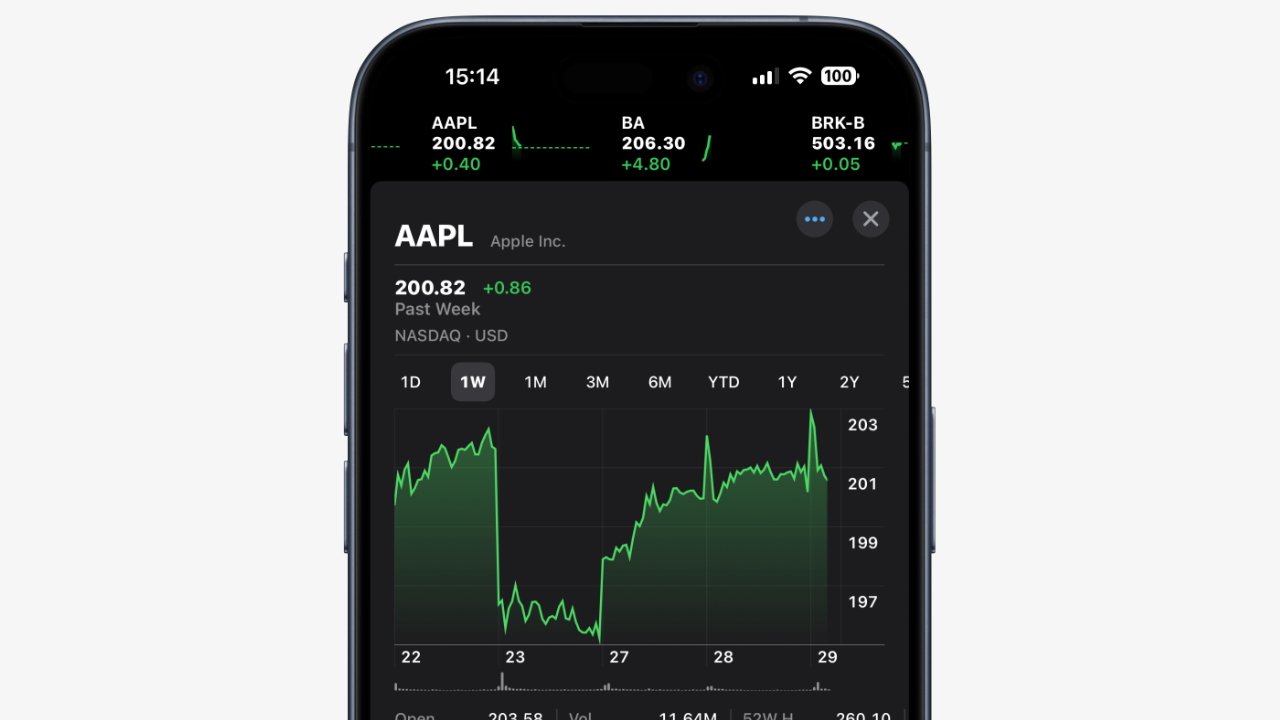



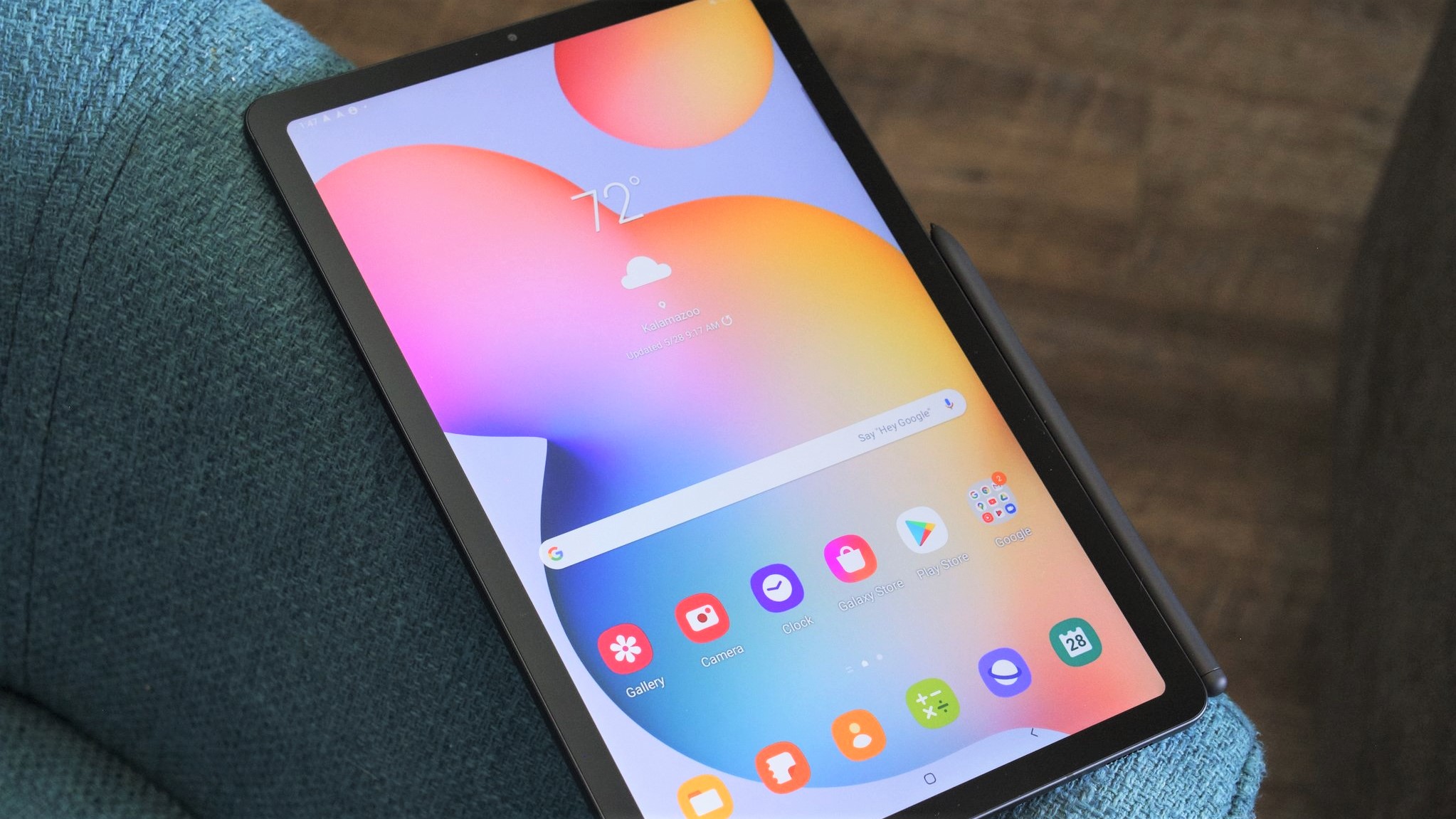
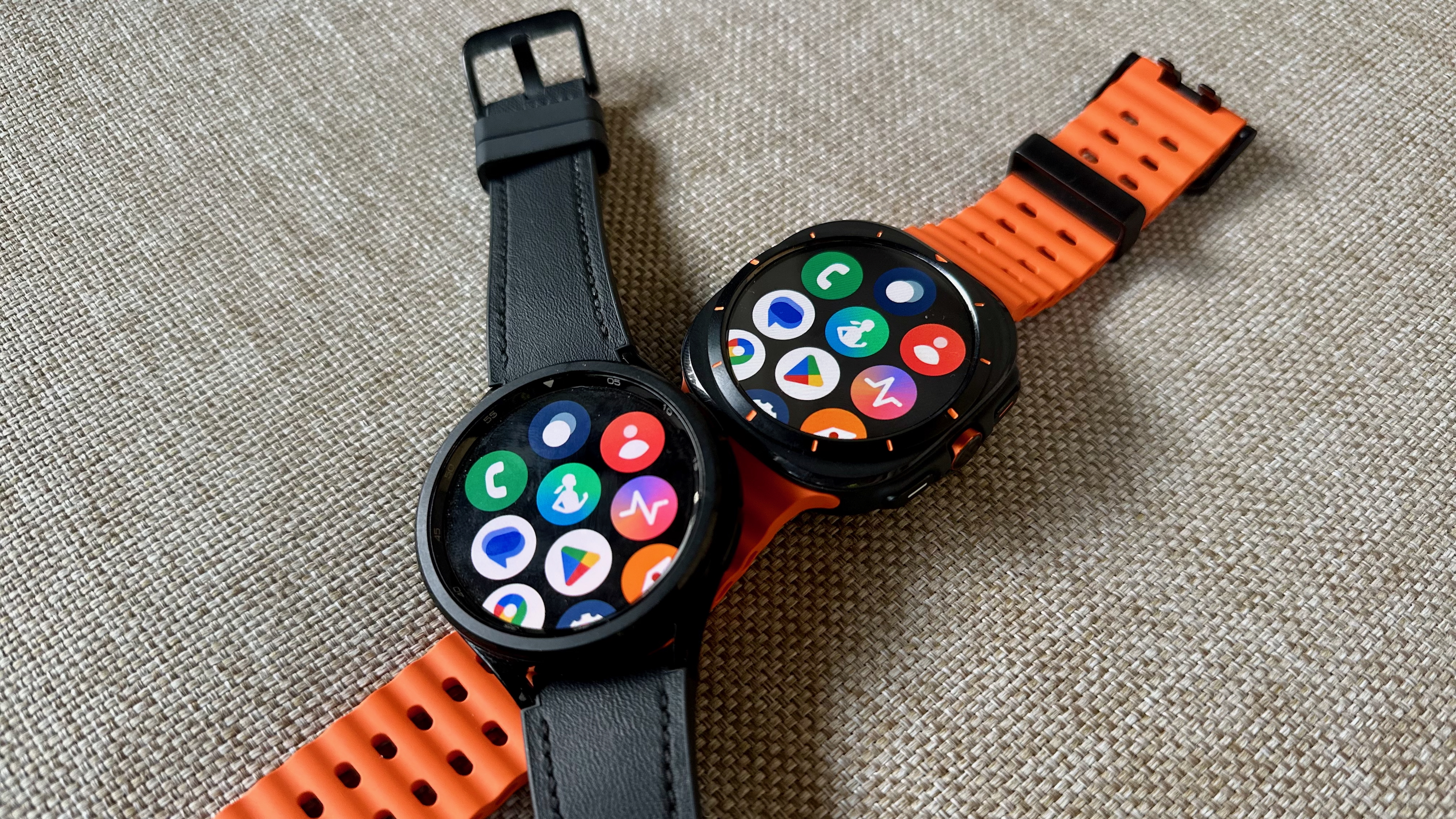





![This app turns your Apple Watch into a Game Boy [Hands-on]](https://i0.wp.com/9to5mac.com/wp-content/uploads/sites/6/2025/05/FI-Arc-emulator.jpg.jpg?resize=1200%2C628&quality=82&strip=all&ssl=1)
![Google TV is finally preparing sleep timer support as app readies Material 3 Expressive [Gallery]](https://i0.wp.com/9to5google.com/wp-content/uploads/sites/4/2024/01/google-tv-logo.jpg?resize=1200%2C628&quality=82&strip=all&ssl=1)














![Apple Shares Official Trailer for 'Smoke' Starring Taron Egerton [Video]](https://www.iclarified.com/images/news/97453/97453/97453-640.jpg)
![Apple's M4 Mac Mini Drops to $488.63, New Lowest Price Ever [Deal]](https://www.iclarified.com/images/news/97456/97456/97456-1280.jpg)

![iPhone 16 Becomes World's Best-Selling Smartphone in Q1 2025 [Chart]](https://www.iclarified.com/images/news/97448/97448/97448-640.jpg)














